Due to modern facilities and automation, a vessel will be equipped with various different advanced navigation equipment systems. Each of them is designed to provide accurate voyage data.
Modern sailors will be trained to know exactly how each of these types of equipment works, and this makes their journey across the sea much safer, and it ensures a smoother trip. Without such equipment, it would be much more difficult and dangerous to travel across the sea.
In this article, we are going to take a look at 21 different types of navigation equipment that are available onboard ships in maritime. We will look at each one in detail, so you can find out everything that you need to know about this equipment.
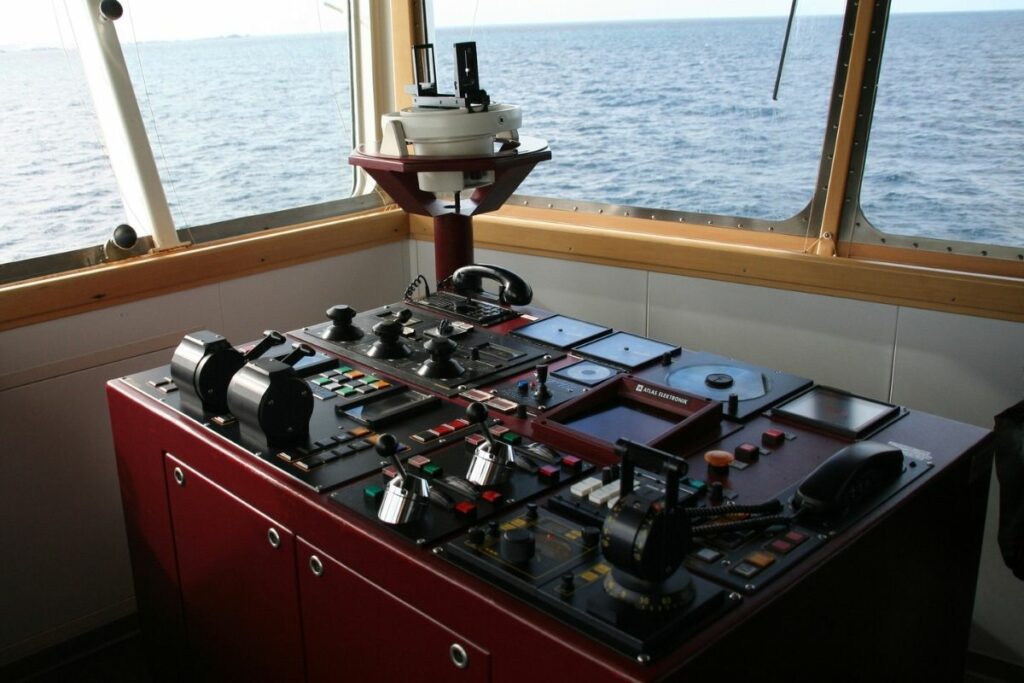
In order to receive accurate voyage data, various different types of navigation equipment are used onboard a ship.
Some of these types of equipment are older than others, but they should be available on all merchant ships today. We are going to explore 21 different types of navigation equipment below.
Gyro Compass
The first piece of equipment that we are going to talk about is the Gyro Compass, and this can be used to find the right direction. It is not like a magnetic compass, as it will not be interfered with by an external magnetic field.
Instead, it can be used to determine the right north position, which is also the Earth’s axis of rotation.
It can be used to provide a stable directional source, and its repeater system will need to be installed on the steering platform for maneuvering in port and emergency steering.
Radar
Marine vessels will rely on an S-band and X-band radar system for navigation.
This is because it is able to detect targets and display information on the screen like the distance that the ship is from the ground, as well as any floating objects in the water, other vessels, and obstacles that will need to be avoided in order to avoid a collision.
This is a rotating antenna that will be able to detect the surrounding area of the ship, and it is used to find the right direction.
Magnetic Compass
The magnetic compass will work in combination with the magnetic field of the Earth, and it is the main direction indicator. It can be used to determine the route of the voyage.
The navigation equipment of a ship will usually be installed on the centerline of the ship on Monkey Island.
Although, the magnetic type transmitting compass will be mounted, so the output signal can be displayed on the bridge pane.
Nowadays, the reading from the magnetic compasses is done in degrees from 0 to 360 as it becomes critical for safe navigation. During navigation under sails, the cardinal directions were commonly used. In another article, we explain more detail about boxing the compass and 32 compass points.
Auto Pilot
The bridge plan will be filled with different types of equipment and instruments that will be used for navigation purposes.
Autopilot is thought to be one of the most effective bridge navigation aids, and this is because it allows the operator to steer the vessel by holding the steering in autopilot mode.
This would allow them to focus more on the broad aspects of the operation.
An autopilot is a combination of hydraulic, mechanical, and electrical systems that can be used to control the steering system of the ship from a remote location.
ARPA
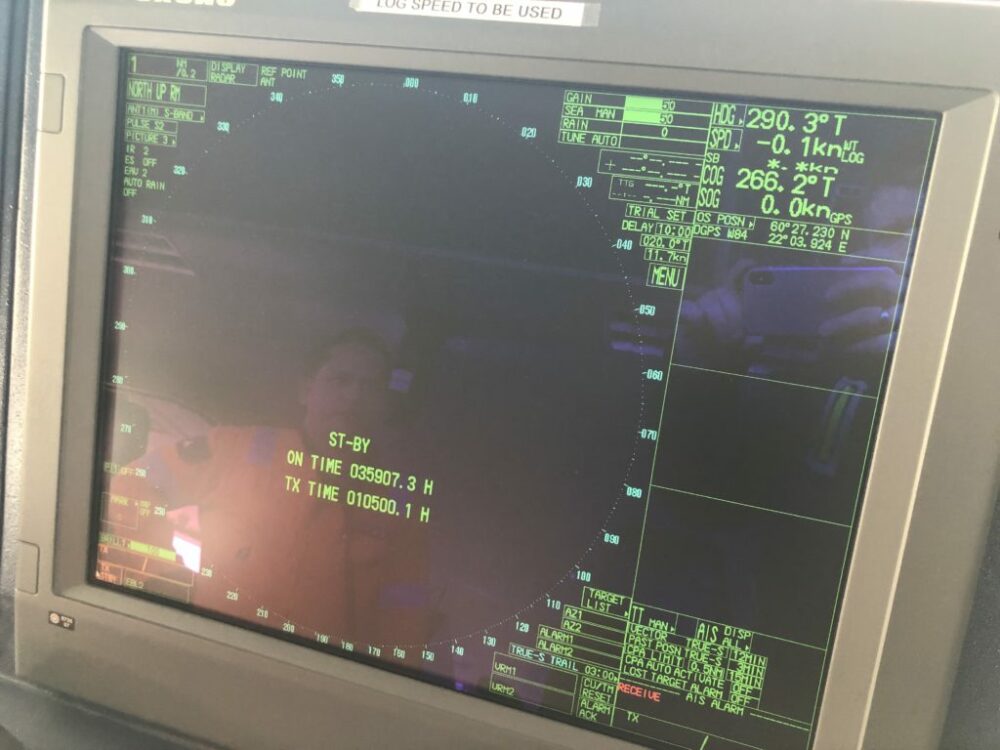
An automatic radar plotting aid will display the location of the ship, as well as any other vessels that may be nearby. This radar will highlight where any other ships are and select an appropriate course for the ship, which works to avoid any kind of collision.
The navigation equipment on the bridge will continuously monitor the environment of the ship, and this will determine the number of targets, ships, boats, and stationary or floating objects, as well as their speed and course accordingly.
It will also present these things as vectors on the display screen, and it will continually update the parameters with each rotation of the antenna.
This will calculate their closest points of approach to their own ship, providing a time frame that would highlight when this could happen.
Automatic Tracking Aid
Just like with the previous equipment, the automatic tracking aid will display information about tracked targets in graphical and numerical form. This will create a planned plan for a safer course that avoids any collisions.
More often than not, a larger target that has a circumference of 800 meters or more will be considered to be land, which is why it will not be tracked.
Echoes that are less than 800 meters away will be considered as targets, and they will be tracked.
Speed And Distance Log Device
This type of equipment can be used on a ship to measure both the speed and the distance that the ship has traveled from a certain point.
With this same calculation, the estimated time of arrival or ETA of the ship can be adjusted or transmitted to the port authority and agent.
Echo Sounder
There are lots of different types of modern shipborne navigation instruments that are on board a ship, and the echo sounder is just one of them.
This piece of equipment has been used for almost 100 years, and it can be used to measure the depth of water that is below the bottom of a ship.
It does this by using soundwaves, which will work on the principle of sound wave transmission and a sound pulse that will bounce off a reflective layer and return as an echo to the source.
Electronic Chart Display Information System (ECDIS)
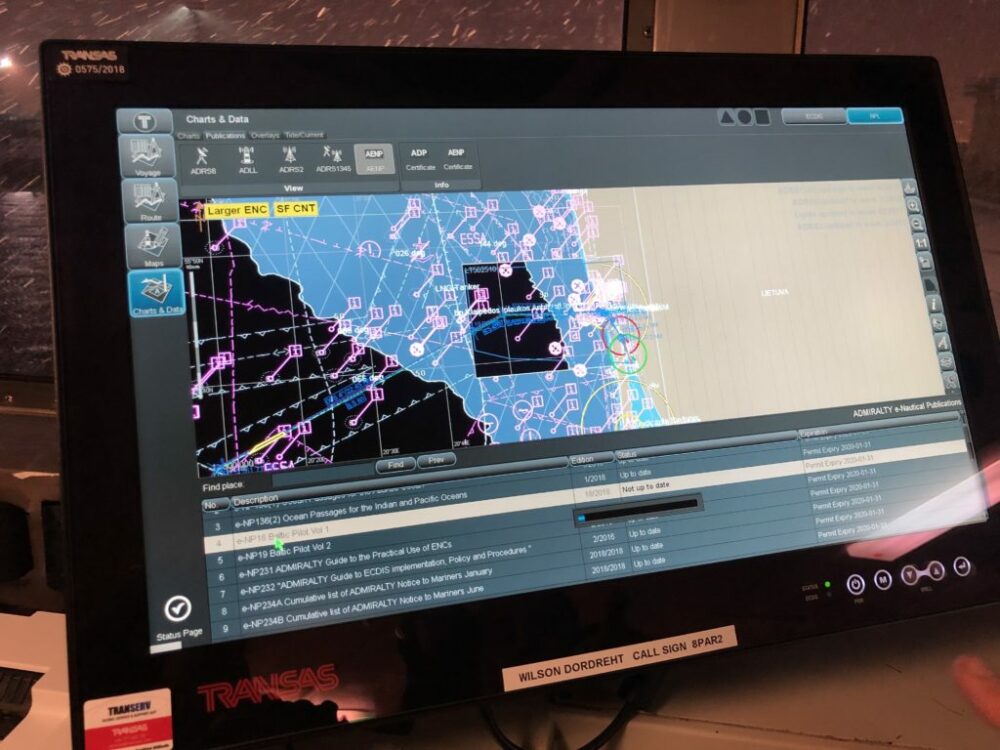
An ECDIS is a development of a navigation chart system that is used on ships.
Due to the use of electronic navigation equipment, it has become much easier for the crew of a ship to determine its location, which makes it much easier to navigate than it has been in the past.
Automatic Identification System (AIS)

An automatic identification system is a type of navigation system that will help to accurately determine the position and other navigation statistics of ships.
AIS makes use of VHF radio channels and transmitters and receivers in order to send and receive messages between ships. This helps the officer on the watch (OoW) to improve the safety of navigation. However, the basic working principle of AIS has its limitations and the OoW cannot rely on AIS completely and use all available aids of navigation.
This allows for various different tasks. According to the rules of the International Maritime Organization (IMO), every passenger and commercial ship that is more than 299 gross tonnes that sailing in international traffic must have an AIS Class A transponder.
Long Range Tracking And Identification (LRIT) System
A LRIT system is a type of international tracking and identification system that has been incorporated by IMO due to its SOLAS convention.
It can provide a thorough tracking system for ships that are of more than 300 metric tonns gross tonnage that are making international voyages around the world. The purpose of this equipment is to raise awareness of the marine field.
Rudder Angle Indicator
The rudder angle indicator will show the steering angle. The display can be found on the bridge equipment console, which allows the navigator of the ship to control the speed of the steering and the rudder angle.
The indication is also provided in the bridge wing and in the engine control room.
Voyage Data Recorder (VDR)
A Voyage Data Recorder (VDR) is a crucial part of ship equipment, often referred to as the “black box” of a vessel, akin to the Flight Data Recorders used in aircraft. The International Maritime Organization (IMO) mandates its use for all vessels over 3,000 gross tonnage.
The VDR is designed to collect, store, and safeguard critical ship data related to the vessel’s operation. This data includes details about the ship’s speed, position, heading, status of all safety-related equipment, bridge audio, radar images, and navigational data. If an incident occurs on board, such as a collision, grounding, or other maritime accidents, the VDR data is invaluable for subsequent investigations, helping to determine the causes of the incident.
The VDR consists of two main components:
- Data Collection Unit (DCU): This unit collects data from various sensors installed on different parts of the ship. These sensors can track things like the ship’s speed, direction, engine performance, and more.
- Protective Storage Unit (PSU): Also known as a “memory capsule”, this is a robust and waterproof unit where data is stored. It is designed to withstand the harsh conditions of a maritime accident, including fire, pressure, and sea-water immersion. It often includes an Underwater Locator Beacon, which can send out signals to help locate the PSU in the event of a sinking.
With advancements in technology, modern VDRs often come with live data streaming capabilities, allowing shore-based teams to monitor a ship’s status and performance in real-time, potentially helping to prevent incidents before they occur.
Rate Of Turn Indicator
A Rate of Turn Indicator (ROTI), also known as a Rate of Turn Indicator (ROT), is a piece of equipment used on ships to measure and display the rate at which the ship is turning. It’s typically installed on the bridge, and it’s an essential tool for navigating and maneuvering the ship, particularly in restricted waters or in close proximity to other vessels.
The ROT Indicator provides the rate of turn in degrees per minute. The standard scale for the indicator is set at 30 degrees per minute to port or starboard, but it can also show higher rates of turn. The information helps the ship’s master or officer in charge to make precise and safe navigational decisions.
In modern vessels, the rate of turn is often part of the integrated navigation system, which collects data from various sensors around the ship, including gyrocompasses and GPS receivers. The rate of turn information might also be used in conjunction with other navigational tools like autopilots, radar, and electronic chart systems.
The IMO’s Standards for ship maneuverability stipulates that all ships of 50,000 gross tonnage and above shall be fitted with a rate of turn indicator. This regulation is intended to promote safe navigation and to reduce the risk of collision or grounding.
GPS Receiver

A global positioning system, or (GPS) receiver, is a type of display system that can be used to display the exact location of a ship by using a global positioning satellite in earth orbit.
Recording the position of the ship will allow you to calculate the speed, course, and time that is needed to travel the distance between the two marked positions.
Sound Reception System
This is a speaker system that is essential for a ship that has a fully enclosed bridge. It will allow the navigator that is inside of the cabin to hear audible signals, like a fog or a ship horn, that is coming from other nearby ships.
This will also be installed on the console of the ship’s equipment on the bridge. It can help the navigator to do their job in accordance with the International Rules for Preventing Collisions at Sea.
Any boat, whether it is big or small, will need to have night lights as part of its navigation system. This is a system that was brought in in 1838 by the United States, and it came into the United Kingdom in 1849.
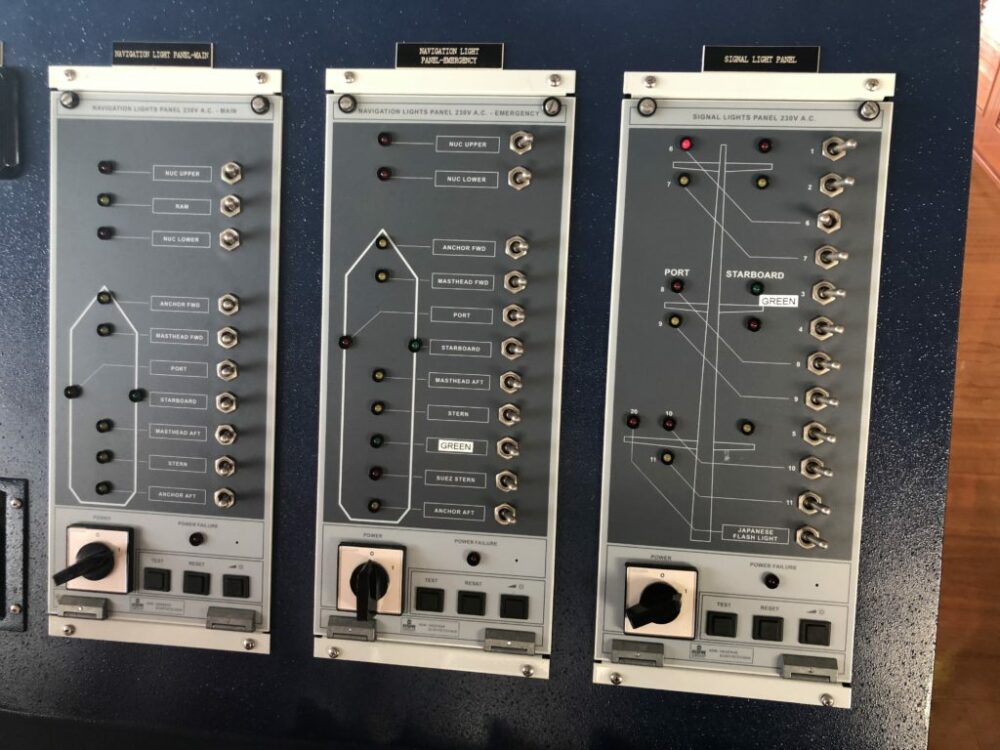
The US later established the International Maritime Conference in 1889, so they could establish appropriate guidelines for the prevention of maritime accidents.
In 1897, these rules were officially accepted worldwide and navigation lights have become one of the most important navigational devices that are needed for sailing the seas.
This is because they will allow you to see other nearby ships.
Daylight Signalling Lamp
Daylight signaling lamps are light signaling devices that can be used for daytime alarms, but they can also be used during the night. Just like other marine emergency appliances, the source of power for the lights will not be reliant on the main power source of the ship.
As well as this, the housing of the lamp needs to be made out of a material that is resistant to both weather and seawater.
Voyage Or Route Planner
A voyage or route planner is a marine digital route planner that is based on geo, storm, and weather conditions. It will produce the optimal route that is both the shortest route and the route that is the safest.
It will consider all of the available data on the storm, geo, currents, waves, and other weather conditions in order to create the safest and most economical route for the ship to the port of destination.
Transmitting Heading Device (THD)
A THD is a type of electronic device that can be used to display information about the true heading of the ship. If you want to find out more about this, you can read chapter 5 of SOLAS.
Ship Flags
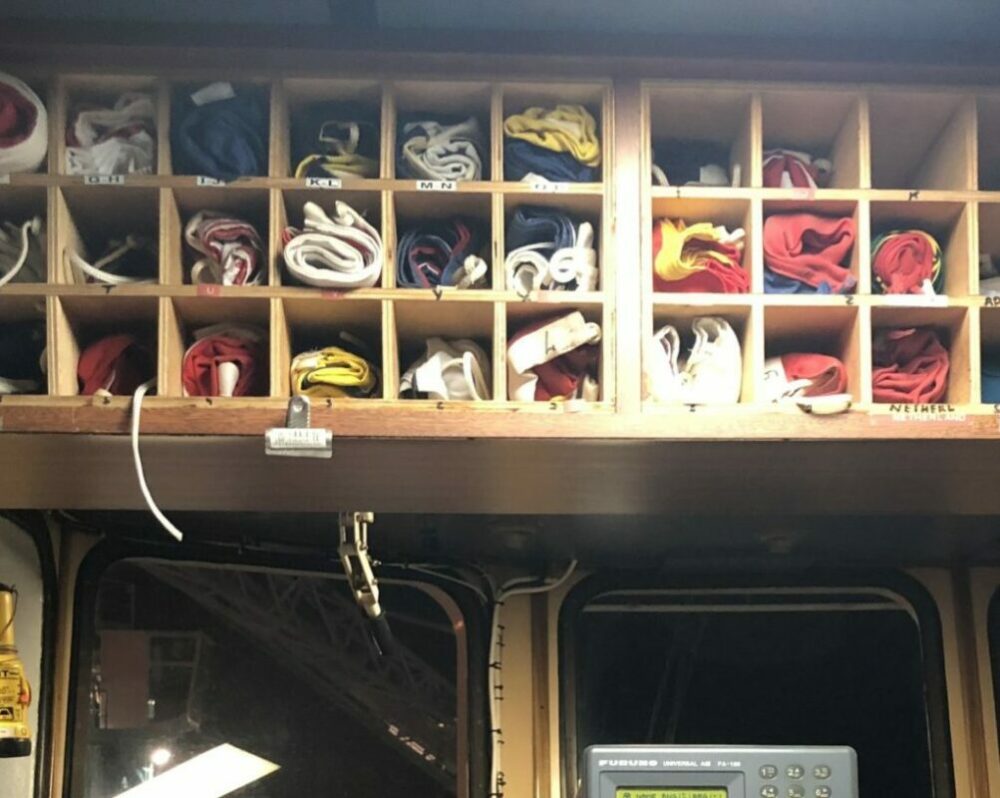
There are lots of different types of flags that feature different colors and markings, and these can be used to indicate the possession of a navigational vessel.
Signal flags are widely known, they have been used since ancient times, and they are still widely used on all ships today. Two of the most often used flags are “B” – Bravo if the vessel is carrying dangerous goods and “Q” – Quebec when the vessel is awaiting free practice in the port of call. Flags correspond to The International Radiotelephony Spelling Alphabet, which is widely known as the navy, maritime, telephone, or NATO phonetic alphabet.
Ships have to raise the flag of the country of arrival on the fore or mainmast. If the ship is involved in intensive trade worldwide, then this can carry a variety of country flags onboard. The Port agent will bring the local flag of the country or will try to send it with the marine pilot to follow the best marine practices.
Summary
There are lots of different types of navigational equipment that can be found on board ships in maritime, but each of them will have its own specific purpose.
Whether that be determining a safe route, avoiding a collision, or determining position, there are different types of equipment that can tell you all of these things and so more than this.
- Sustainable and Luxurious: Discovering Split’s Yachting Paradise – April 26, 2024
- MarineTraffic vs VesselFinder: Which Is Better Vessel Tracking Service? – February 14, 2024
- Port Costs: A Comprehensive Guide to Port Dues and Fees for Cargo Ships – February 12, 2024



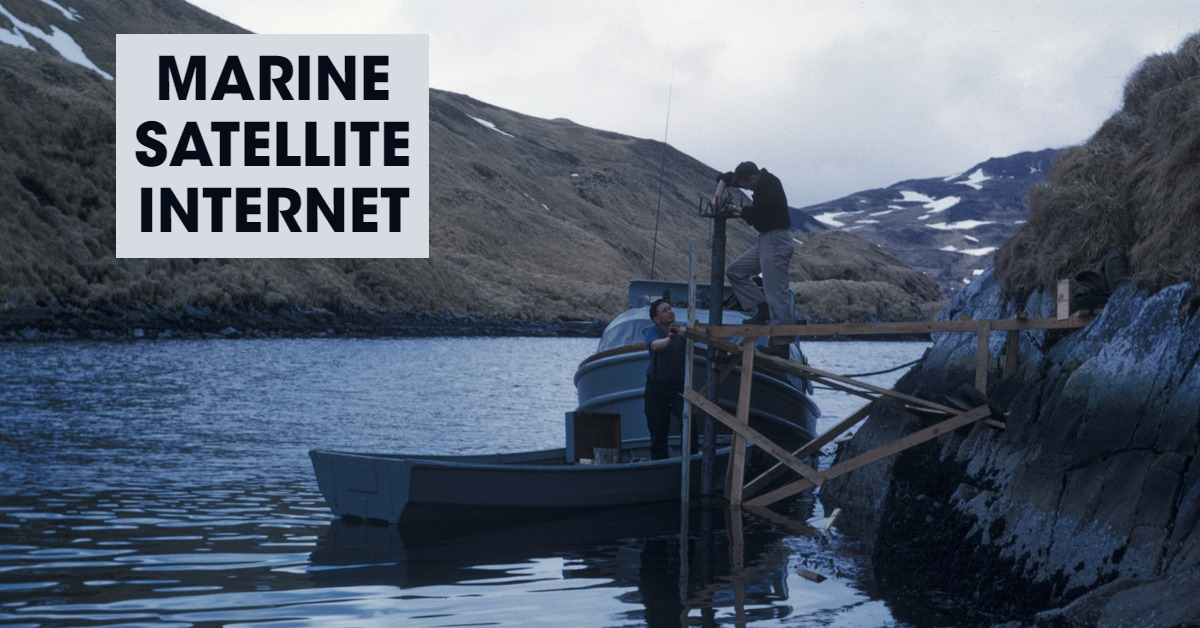
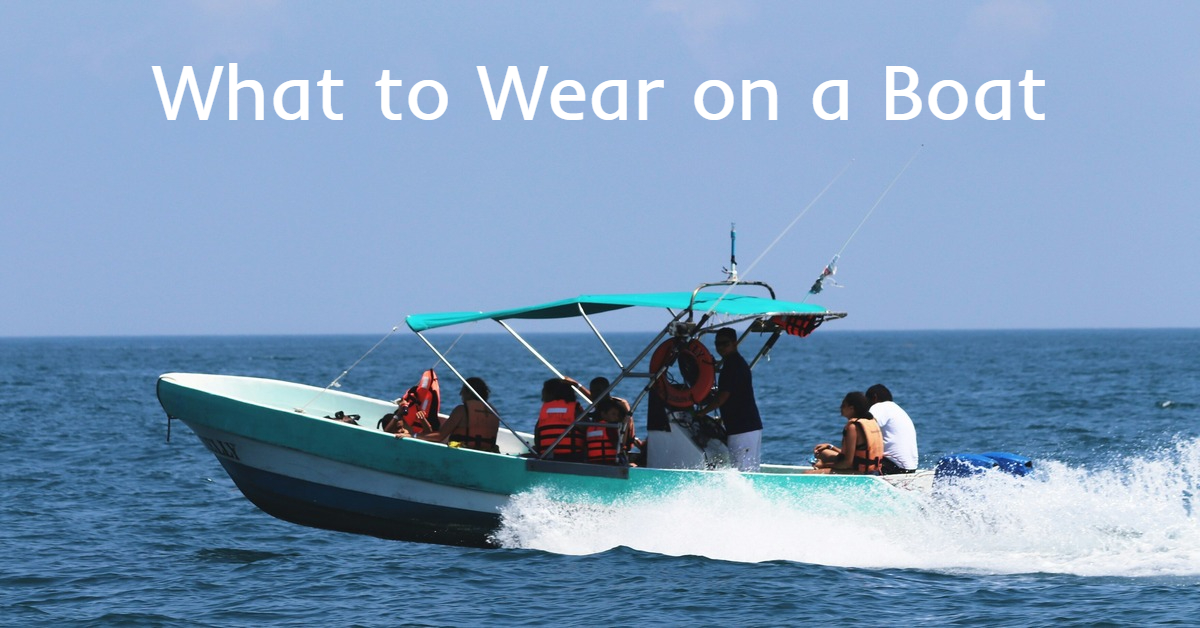
Leave a Reply